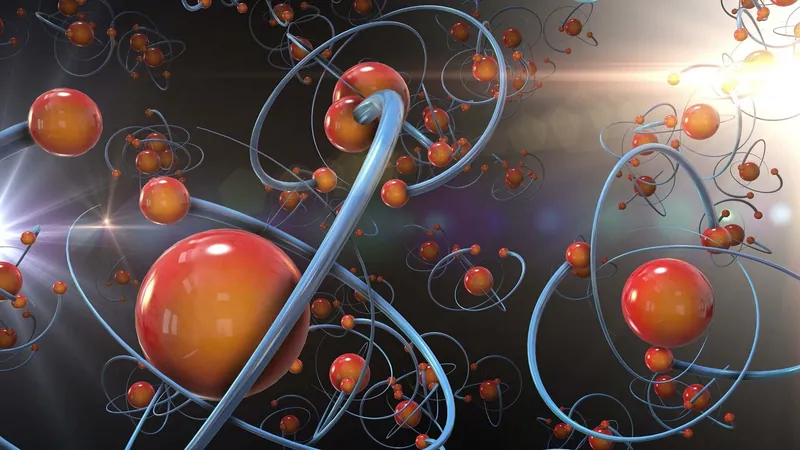
Revolutionary Method: Chemists Use Light to Transform Molecules in Groundbreaking Study
2024-10-07
Author: Nur
In an astounding breakthrough, a team of chemists at the Korea Advanced Institute of Science and Technology has successfully developed a technique to replace an oxygen atom with a nitrogen atom in complex molecules using light. Their findings, published in the prestigious journal Science, open the door to more efficient drug development processes.
The researchers leveraged a method known as photocatalysis to edit a furan compound in their laboratory. This innovative technique mimics the actions of a pencil and eraser, allowing scientists to remove one atom while seamlessly integrating another into the molecular structure. This method stands to revolutionize the field, as previous efforts to modify molecules have often required laborious synthesis processes from scratch.
Ellie Plachinski and Tehshik Yoon from the University of Wisconsin–Madison highlighted the significance of this research in a Perspective piece in the same journal issue. They emphasized that even trivial changes to molecular structures can lead to substantial differences in drug efficacy. For instance, swapping a single atom within a heterocyclic compound can dramatically affect how a drug interacts within the body, underscoring the potential implications of this research for pharmaceuticals.
The inspiration behind this breakthrough traces back to a 1971 study by chemists Axel Couture and Alain Lablache-Combier, who utilized ultraviolet light to convert a furan into N-propylpyrrole with the aim of improving chemical yields. However, earlier attempts to make similar atom substitutions have frequently involved excessive heat or radiation, which have proven to be inadequate.
In their recent study, the Korean research team has harnessed the power of light to activate the furan ring, facilitating single electron oxidation that leads to radicalization. This method not only enhances the efficiency of the reaction but also permits the incorporation of amines, triggering a cascade of electron and proton transfers that yield a ring aldehyde intermediate.
The implications of this pioneering work are vast, particularly within the pharmaceutical industry, where the ability to fine-tune drug components with precision could lead to more effective treatments with fewer side effects. As research continues to advance, we may soon see new drugs manufactured with this innovative technique, marking a major leap toward the future of medicine.
Stay tuned as we keep you updated on more incredible breakthroughs that could change the face of science and medicine forever!




 Brasil (PT)
Brasil (PT)
 Canada (EN)
Canada (EN)
 Chile (ES)
Chile (ES)
 España (ES)
España (ES)
 France (FR)
France (FR)
 Hong Kong (EN)
Hong Kong (EN)
 Italia (IT)
Italia (IT)
 日本 (JA)
日本 (JA)
 Magyarország (HU)
Magyarország (HU)
 Norge (NO)
Norge (NO)
 Polska (PL)
Polska (PL)
 Schweiz (DE)
Schweiz (DE)
 Singapore (EN)
Singapore (EN)
 Sverige (SV)
Sverige (SV)
 Suomi (FI)
Suomi (FI)
 Türkiye (TR)
Türkiye (TR)